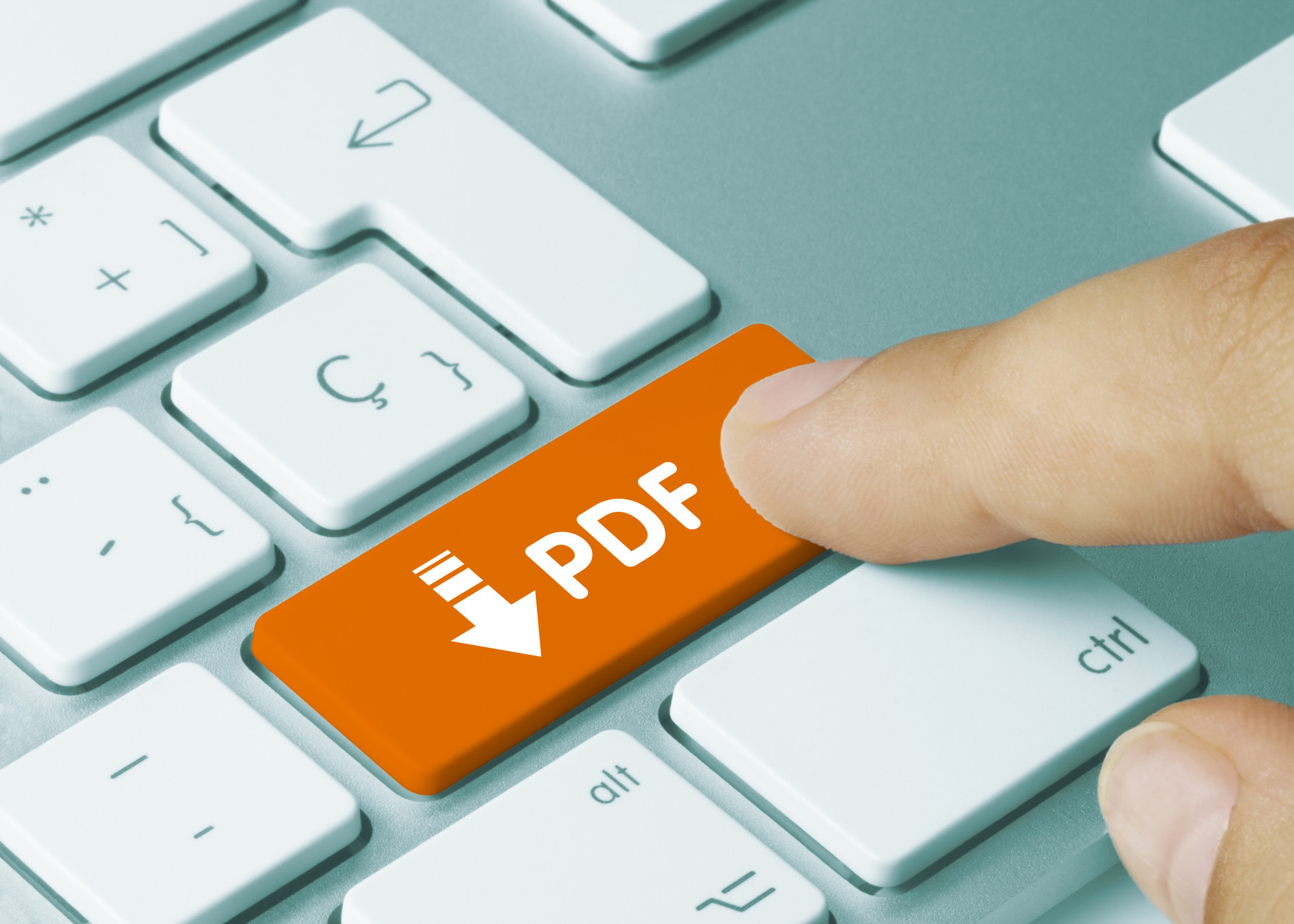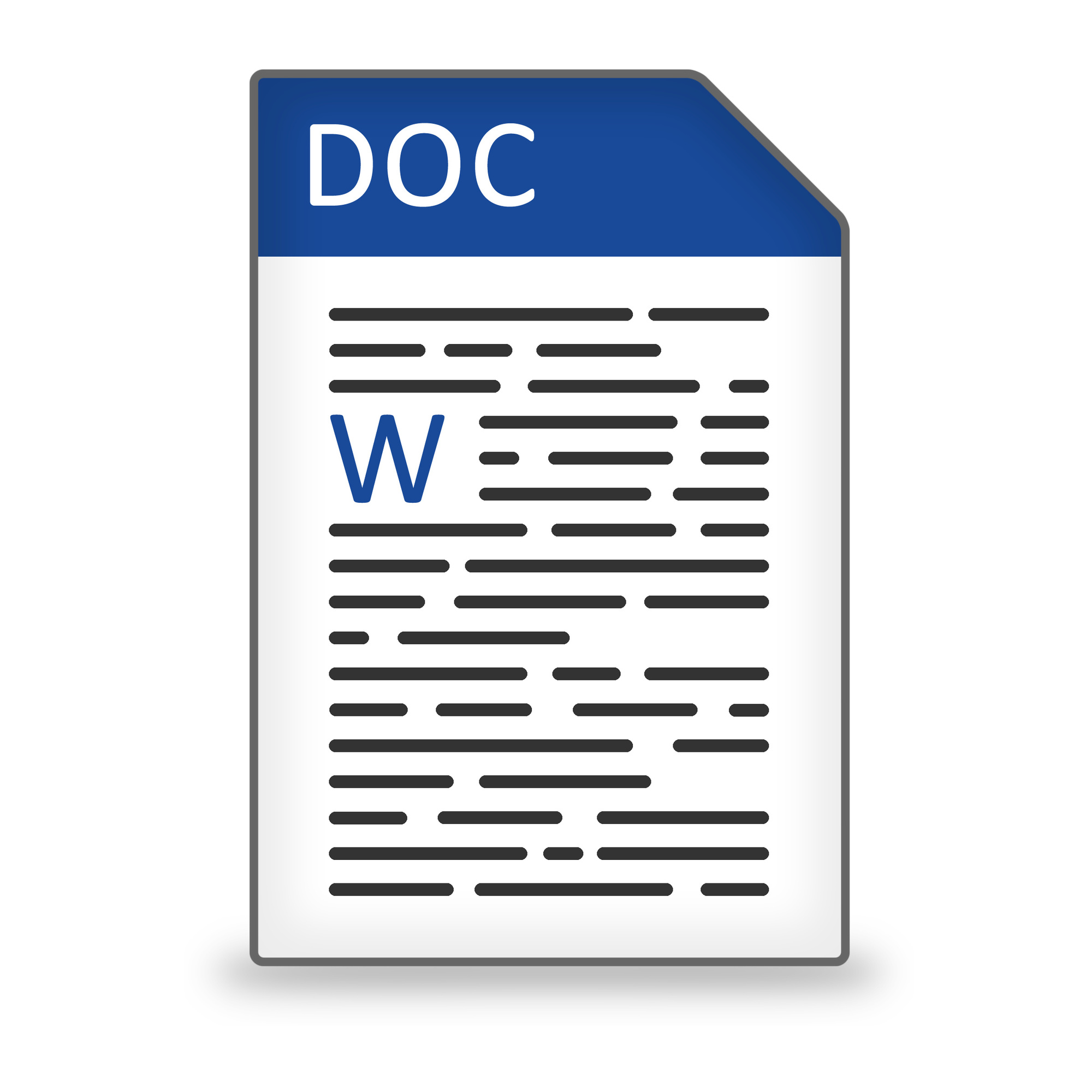Converting files is a blessing since there are tons of different file formats existing today. A file conversion software is a tool to convert existing files into a different format. There is plenty of software available on the market, but not all are reliable, safe, and effective.
However, the right conversion software will greatly benefit you and your business. Why is it so important to find the right file conversion software? Here are a few benefits and reasons why you should use file conversion software.
A User-Friendly Tool
A file conversion software typically has a layout that many beginners can understand. The placement of tools and buttons makes it easy to navigate the software to convert files. You can also visit websites that can convert any file type in only a few seconds.
Most conversion software comes with an easy-to-follow guide to look around the workspace. You can find many PDF, sound, movie, and text file conversion software available on the market. One great example of easy-to-use software is our PDF file conversion software at Offdrive.
Keep the High-Quality File
A great file conversion software allows you to keep the same or better quality when converting. You can also use the software to adjust the quality to suit your needs. Owning the best software benefits any formal presentations needed.
You can make the files stay in high-quality standards with the software’s tools. Conserving quality is especially essential for sound and movie file conversion software. Some software may lower quality due to compressing the file for more space.
Provides Multiple Features
One of the reasons why you should rely on reliable file conversion software is the tools. There are many features available for making adjustments and editing. Simple features like drag and drop, scheduled conversion, and auto-save benefit your experience.
File conversion apps can also convert files in batches, saving plenty of time. These features benefit your editing, formatting, time, and money with conversion software. For example, a movie file conversion software has effects and transition libraries.
Compatible With Different Devices
How does a file conversion software further your user-experience and accessibility? The ability to convert using any device, from laptops and pcs to phones and tablets. Imagine working a text file, PDF, movie, and sound file conversion software on several devices.
Most software features the ability to transfer conversions with a smooth flow. It’s also a plus to have the ability to link your conversions to different devices. Compatibility is essential for your need to convert files in groups for projects.
Cost-Efficient Solution
Investing in the best file conversion software will save you both your money and time. You can find both editing and converting tools needed with good software. There would be no need to find a separate app to convert and edit your files.
You also wouldn’t need to hire professional services to help you process your files. A file conversion software would have simple instructions for beginners. You can save a lot by doing the work yourself with editing, converting, and compressing files.
Convenient and Simple to Use
Convenience is an important factor to consider, especially if you are converting for your business. Most file conversion software is an all-in-one app with many management tools. It’s a huge benefit purchasing only one software for multiple tools and features.
Accelerate Work Speed
Most software offers automated conversions, which saves time for many businesses. It benefits companies who have a set workflow with limited time. Owning a company file conversion software increases productivity and services.
Downloading plenty of tools can get confusing and take plenty of time to edit and convert. A file conversion software will be enough to create standardized and searchable converted files. You are less likely to run into issues when you rely on great file conversion software.
Greater Reliability and Security
If your business relies on frequent file conversions, your employees may download their own software. They may end up downloading an unknown and untrustworthy file conversion software. Your important documents may end up getting compromised.
There’s also the chance of getting downtime, server time-outs, and incomplete conversions. Conversion apps typically remove uploaded files after conversion for better privacy. With the right software, you won’t have to worry about security issues and cybercrime.
Shows Professionalism
A free file conversion software is great, but some are not designed for business use. Free converters usually leave a watermark on the converted file. It’s not a great way to establish a professional identity with clients.
Online file converters also have some drawbacks with limited ability to convert groups of files. Investing some cash in reliable converters will give you full access to the tools. Having a dedicated business converter increase professionalism and high-volume conversions.
Customizable and Flexible
Professional file conversion software will give you control over your output settings. You can change the production and file conversions of your documents, audio, movies, and PDFs. The customization gives more options to adapt to your needs, workflow, and storage.
You can pick low-quality images to high-quality versions, depending on your needs. File conversion software can provide for certain needs, like converting wide-format text documents. The flexibility of file conversion software takes all user’s needs into account for custom needs.
Consistent Conversions
File conversion software is your all-in-one tool that can replace many programs. Using dedicated software, you are more likely to make consistent conversions. It also makes it easier to teach your employees how to use the software.
The converted files will always stay in the same format and layout for consistency. You will get file outputted at a similar size to benefit your storage space needs.
Convert With Ease Using a Reliable File Conversion Software
Now that you know why you need file conversion software, are you looking for one now? We offer conversions for archives, images, spreadsheets, and documents. Test out our free online file conversion for your work reports to school projects.









